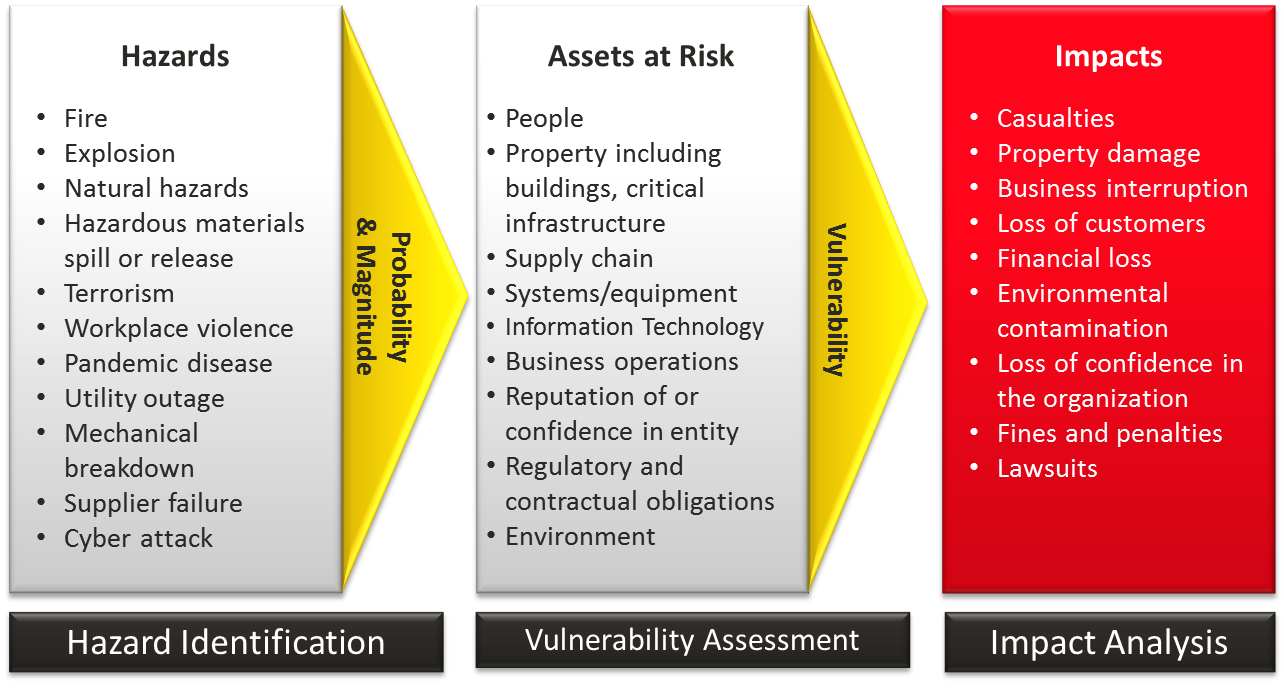Minimum wage increases will affect numerous states across the country in January 2019.
Under the Fair Labor Standards Act (FLSA), the current federal minimum wage is $7.25 per hour, but the FLSA does not supersede any state or local laws that are more favorable to employees. Therefore, if a state or municipality has a minimum wage that is higher than the federal minimum, employers subject to the state or local minimum wage law are obligated to pay the higher rate to employees working there. The minimum wage for federal contractors in 2019 is $10.60 per hour.
The map below shows the states that are increasing their minimum wages, including the new rates and amounts of the increases as of the date of publication of this article. We also provide a listing of the states increasing their minimum wages and the effective dates of the changes below the map.
State Minimum Wage Changes Effective December 31, 2018
New York: New York City (NYC) large employers (11 or more) $15.00. NYC small employers (10 or fewer) $13.50; increasing to $15 12/31/19.
Long Island and Westchester $12.00; increasing to $13.00 12/31/19; $14.00 12/31/20; $15.00 12/31/21.
Remainder of New York state $11.10; increasing to $11.80 12/31/19; $12.50 12/31/20. Annual increases for the remainder of New York state will continue until the rate reaches $15 per hour, then the rate will increase on an annual basis.
Fast food employees in NYC $15.00. Fast food employees outside NYC $12.75; increasing to: $13.75 12/31/19; $14.50 12/31/20; $15.00 7/1/21.
State Minimum Wage Changes Effective January 1, 2019
Alaska: $9.89 per hour.
Arizona: $11.00 per hour. Increasing to: $12.00 1/1/20. Local laws may require different minimum wage rates.
Arkansas: $9.25 per hour. Increasing to: $10.00 1/1/20; $11.00 1/1/21.
California: $12.00 per hour with 26 employees or more; $11.00 per hour with fewer than 26 employees. There are scheduled future increases. For 26 employees or more the minimum wage rate is increasing to: $13.00 1/1/20; $14.00 1/1/21; $15.00 1/1/22. For 25 employees or less the minimum wage rate is increasing to: $12.00 1/1/20; $13.00 1/1/21; $14.00 1/1/22; $15.00 1/1/23. Local laws may require different minimum wage rates.
Colorado: $11.10 per hour. Increasing to: $12.00 1/1/20.
Florida: $8.46 per hour.
Maine: $11.00 per hour. Increasing to: $12.00 1/1/20. Local laws may require different minimum wage rates.
Massachusetts: $12.00 per hour. Increasing to: $12.75 1/1/20; $13.50 1/1/21; $14.25 1/1/22; $15.00 1/1/25.
Minnesota: $9.86 per hour for large employers (annual gross revenue of $500,000 or more); $8.04 per hour for small employers (annual gross revenue of less than $500,000). Local laws may require different minimum wage rates.
Missouri: $8.60 per hour. Increasing to: $9.45 1/1/20; $10.30 1/1/21; $11.15 1/1/22; $12.00 1/1/23.
Montana: $8.50 per hour.
New Jersey: $8.85 per hour.
Ohio: $8.55 per hour (gross receipts of $314,000 or more); $7.25 per hour (gross receipts less than $314,000).
Rhode Island: $10.50 per hour.
South Dakota: $9.10 per hour.
Vermont: $10.78 per hour.
Washington: $12.00 per hour. Increasing to: $13.50 1/1/20. Local laws may require different minimum wage rates.
State Minimum Wage Changes Effective July 1, 2019
D.C.: $14.00 per hour on 7/1/19. Increasing to: $15.00 7/1/20.
Oregon: $12.50 Portland metro area; $11.25 urban counties; $11.00 rural counties on 7/1/19. The Portland metro area will increase to $13.25 7/1/20; $14.00 7/1/21; $14.75 7/1/22. The urban counties will increase to $12.00 7/1/20; $12.75 7/1/21; $13.50 7/1/22. The rural counties will increase to $11.50 7/1/20; $12.00 7/1/21; $12.50 7/1/22.
State Minimum Wage Changes Effective October 1, 2019
Delaware: $9.25 per hour on 10/1/19. Increasing to: $9.75 10/1/20, $10.25 10/1/21.
Minimum Wage Basics
The federal FLSA requires that a minimum wage be paid for all hours an employee is “suffered or permitted” to work for the employer (29 U.S.C. §203(g)) and that an overtime wage be paid for all hours “worked” over 40 in a week. The FLSA does not specifically define “hours worked” or place a limit on the number of hours an employee may work; it requires only that overtime be paid for any hours worked over 40.
Determining exactly what constitutes hours worked is essential in determining an employee’s compensation and compliance with both minimum wage and overtime requirements of the act.
Hours worked includes time during which an employee is “necessarily required to be on the employer’s premises, on duty or at a prescribed work place” (29 C.F.R. §785.7). This broad definition of hours worked may require that an employee be compensated for time the employer does not otherwise consider working time, such as travel time, waiting time and certain meal, rest and sleep periods, and time the employee is required to spend in training, at seminars, or in meetings.
The courts and the U.S. Department of Labor, however, have developed a de minimis rule, whereby employers may disregard insubstantial or insignificant periods of time beyond the scheduled working hours, if, as a practical administrative matter, such time cannot be precisely recorded.
If employees are checking e-mails for 2 or 3 minutes, employers will likely not have to pay for this time. But if employees are spending 10 to 15 minutes after work hours, employers will have to pay employees for this work time. Also, the FLSA explicitly permits the rounding of an employee’s start and stop times.
Hours worked for purposes of the FLSA does not include time spent on call, time spent waiting to work, or time when an employee is required to carry a pager or cell phone, provided the employee is otherwise free to effectively use the time for his or her own personal purposes. The FLSA does not obligate employers to pay employees for holidays, vacation, or sick days.
The rules are strict, but the penalties are stricter. Paying employees properly now will help you to avoid expensive fines, claims, and lawsuits down the line.
Article courtesy of www.blm.com













